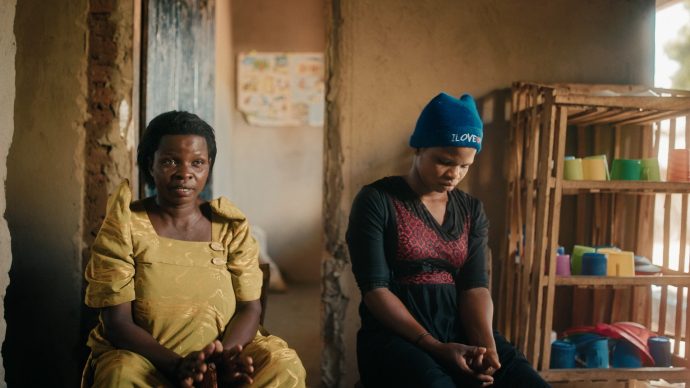Ris er grundnæringsmiddel for halvdelen af alle mennesker – så når man udbreder nye metoder (som slet ikke er så nye endda), giver det pote til den globale fødevaresikkerhed, først og fremmest i Asien, men også andre steder.
BANGKOK, 24 April 2012 (IRIN) – The system of so-callled rice intensification (SRI) is gaining ground across Asia as more and more governments come to rely on it for food security.
“SRI was not invented by scientists, but its results speak for themselves,” Sudeep Karki, from the Norwegian University of Life Sciences and an SRI specialist in Nepal, told IRIN,adding:
“SRI is the counterpart in agricultural development of a viral idea in social media, imposing its way from the ground to the top.”
Less seed, less water, less pesticides and chemical fertilizers (kemisk-baseret kunstgødning) can bring significantly higher yields, according to the International Network and Resources Centre (SRI-Rice), based at Cornell University in the US.
SRI methods are being successfully applied to other staple commodities like wheat and sugarcane, and teff (etiopisk kornart) in northeast Africa.
The idea of SRI was first put forward in the 1980s by a Jesuit priest in Madagascar, under the premise that “less is more” .
SRI started with farmers and NGOs, but now governments are promoting it in China, India, Indonesia, Cambodia and Vietnam, and the spread is accelerating, said Norman Uphoff, a senior advisor at SRI-Rice.
“The point for Asian farmers is the 20 to 80 percent higher on-farm net return, compared to scientists’ best management practices, thanks to less inputs and bigger harvests,” said Abha Mishra, a scientist at the Bangkok-based Asian Institute of Technology (AIT).
The expanding rice bowl
Læs videre på
http://www.irinnews.org/Report/95342/Analysis-Why-rice-intensification-matters-in-Asia














